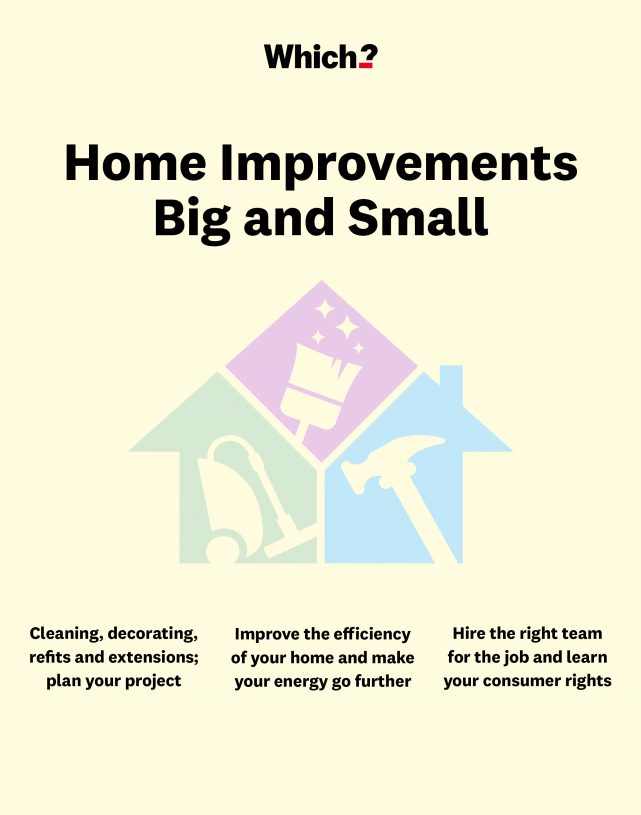User guide
Finding your way around the guide
To navigate between pages, click or tap the arrows to go forwards to the next page or backwards to the previous one. The arrows can be found either side of the page and at the bottom, too (circled in green, below).


Menu/table of contents
Click or tap on the three horizontal lines in the top-right of your screen to open the main menu/table of contents. This icon is always visible whether you're using a computer, tablet or smartphone. The menu will open on top of the page you’re on. Click on any section title to visit that section. Click the cross at any time to close the table of contents.
Text size
On a computer, you'll see three different sized letter 'A's in the top-right of your screen. On a smartphone or tablet these are visible when you open the menu (see above). If you’re having trouble reading the guide, click or tap on each of the different 'A's to change the size of the text to suit you.
Pictures
On some images you'll see a blue double-ended arrow icon. Clicking or tapping on this will expand the picture so you can see more detail. Click or tap on the blue cross to close the expanded image.
Where we think a group of images will be most useful to you, we've grouped them together in an image gallery. Simply use the blue left and right arrows to scroll through the carousel of pictures.
Links
If you see a word or phrase that's bold and dark blue, you can click or tap on it to find out more. The relevant website will open in a new tab.
Jargon
If you see a word or phrase underlined, click or tap on the word and small window will pop up with a short explanation. Close this pop-up by clicking or tapping the cross in the corner.
Help
On a computer, you'll see a question mark icon in the top-right of your screen. On a smartphone or tablet this is visible when you open the menu (see above).
Clicking or tapping on the question mark will open this user guide. It opens on top of the page you're on and you can close it any time by clicking or tapping the cross in the top-right corner.

Your consumer rights if your big project stalls
In the home improvements market, problems with traders can be difficult to put right, and dispute resolution services are hard to come by.
Bringing in a professional for home improvements is often the right decision, but if you choose an unreliable builder who leaves the job unfinished or causes damage to your house, it will be troublesome and expensive to resolve. Fake reviews are rife online, which could mean you inadvertently end up with a trader with a fabricated ‘trustworthy’ work history building your extension.
Here we run through what to do if the worst happens with your home improvement project and how to make the most of your consumer rights.
Under the Consumer Rights Act, which came into force on 1 October 2015, building or decorating work should be completed with reasonable care and skill, in a reasonable time, using materials that are of satisfactory quality and fit for purpose.
The steps to resolution
- Talk to your trader If you can communicate with your trader, this is the best first step. Explain the problem, suggest how they can resolve it and agree a realistic timescale. Get your agreement in writing and set a final deadline. To agree a fee for fixing or completing work, get an estimate from other traders. It’s worth checking your home insurance policy, as some cover you for legal expenses for issues with traders or builders.
- Start a formal complaints procedure If talking hasn’t worked, use the company's complaints procedure, if they have one. If they don't, check if they are part of a trade association, as there may be a dispute resolution scheme that you can use. You can use our letter of deadlock template on our Consumer Rights site to help.
- Use an Alternative Dispute Resolution (ADR) scheme Businesses are legally obliged to point you in the direction of an accredited scheme, and specify whether or not they're part of one or willing to use it. There are different types of ADR, some free and others that must be paid for. The Consumer Ombudsman deals with complaints about home maintenance and improvement, but you can also visit the Ombudsman Association to find another home-improvement related one.
- Try to recover the costs If your trader or company isn't willing to use an ADR scheme, there are a few other ways to recover any money you have lost. If you used a credit card, look at whether you could recover the money using Section 75 of the Consumer Credit Act. If you paid on a debit or prepaid card, or the cost was outside the limits for Section 75, making a chargeback claim is another option. If you made a payment using PayPal or a finance agreement, you might be able to complain and get your money back through the Financial Ombudsman Service.
- Contact Trading Standards If you're concerned that the trader might not be acting lawfully, you could report the issue to your local Trading Standards. Reporting a dispute doesn't guarantee a follow up, though. Your dispute may just be logged for reference.
- Collect evidence and claim costs If none of the above works, it’s time to consider legal action. The Ministry of Justice Practice Direction on Pre-action Conduct sets out the steps the involved parties must take before going to court. You may need to get an independent report on the work. Try to reach an agreement with the builder as to who should provide this report. If a new trader has completed the work, write to the original trader claiming back the money you've had to spend and detailing exactly what work was done.
- Go to the small claims court If you do decide to go to the small claims court, you’ll be asked if you want to use the free Small Claims Mediation Service first. If this doesn’t work, the case will be put forward for a hearing in court. If the amount involved is less than the limit of £10,000 in England and Wales or £5,000 in Scotland and Northern Ireland, you'll be able to use the small claims court. The small claims court is a quick and simple way of using the courts to settle disputes, but it should be a last resort.
Which? Legal offers you one-to-one advice from our experts in home improvements law, so if you’ve had a problem with a trader or with your new build you can get unlimited calls with our experts.
We’re experts in consumer law, holiday issues, cars and motoring, wills and probate and employment law as well as homes and property, plus other family members living at the same address are covered, too.
Your consumer rights
If your builder has done more harm than good, you’ve been the victim of a scam, or your insurance company hasn’t delivered what you expected, our detailed Consumer Rights hub has the information you need to take effective action. A well-worded letter or email, using the right legal phrases, can help to get the desired results. Head to our wide selection of free-to-download template complaint letters to find the one for your predicament.
Which? research has shown that consumers are more than twice as likely to choose poor-quality products after being exposed to fake reviews. We’re demanding strong new laws to be brought in by the government to make tech giants protect us online. Sign our petition to help to protect all of us from online scams, dangerous products and fake reviews.


